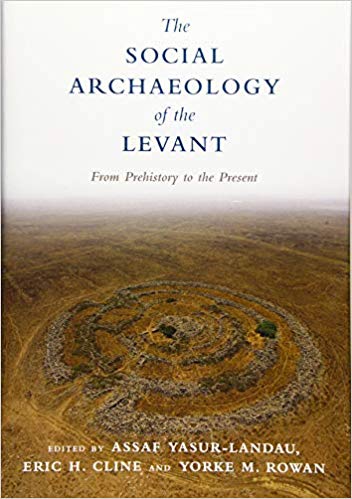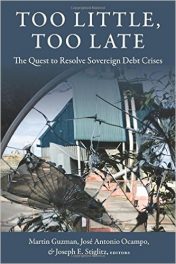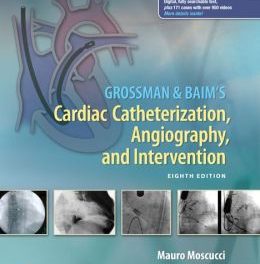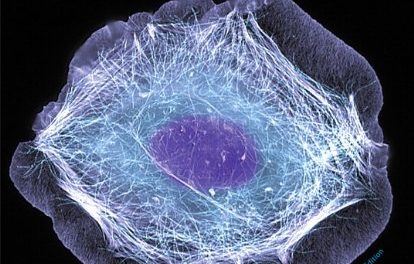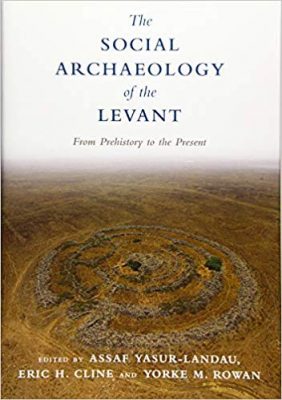 Editors: Assaf Yasur-Landau, Eric H. Cline, and Yorke M. Rowan
Editors: Assaf Yasur-Landau, Eric H. Cline, and Yorke M. Rowan
Publisher: Cambridge University Press – 643 pages
Book Review by: Sonu Chandiram
The Levant is a large geographic area in the eastern Mediterranean (some writers call it ‘southwestern Asia’) that includes: Cyprus, Cyrenaica (eastern coastal region of Libya), Egypt, Greece, Iraq, Israel, Jordan, Lebanon, Palestine, Syria, and Turkey. The total population of this region is presently over 44 million people. The term Levant is a French one that means ‘rising’ as in the rising of the sun in the east.
This part of the world has been described as “the crossroads of western Asia, the eastern Mediterranean, northeast Africa, and the northwest part of the Arabian plate.” It stretches around 400 miles from the Taurus Mountains in the north to the Sinai desert in the south, and about 100 miles from the Mediterranean Sea in the west to the Arabian Desert in the east.
These are basic facts and figures from a Wikipedia article, but the book presents not just information, but also much insight on the history of the ancestors of the people who currently live there, including their artifacts, beliefs, languages, religions, rituals, and a whole lot more.
The editors and authors present the archaeology particularly of the southern part of the Levant that presently includes Israel, Jordan and the Palestinian territories – in the Gaza Strip, in the Sinai Desert, and in the West Bank.
Thirty-nine specialists in archaeology, bio-anthropology, epigraphy and many other related fields wrote the chapters of this book. Many are from Israel, but they are also from four other countries – Austria, Canada, the United Kingdom, and the United States. We list the titles of the chapters here to provide to you the extent of coverage of this work:
Prologue
- Part I
- The Lower and Middle Paleolithic of the Southern Levant
- An Anthropological review of the Upper Paleolithic in the Southern Levant
- The Forager-Farmer Transition in the Southern Levant
- Getting it Together: The Creation of Community in the Neolithic
- Fire and Society in the Eastern Mediterranean: A Diachronic View with a Micro-archaeological Focus
- It’s a Small World: Work, Family Life, and Community in the Late Neolithic
- The Spiritual and Social Landscape During the Chalcolithic Period
- Using Archaeological Remains to Model, Social, Political, and Economic Change During the Chalcolithic Period in the Southern Levant
- Part II
- The Southern Levant During the Early Bronze Age I-III
- Continuity, Innovation, and Change: The Intermediate Bronze Age in the Southern Levant
- Mix n Match; The Bio-archaeology of Co-mingled Remains
- The Middle Bronze Age Canaanite City As a Domesticating Apparatus
- Cuneiform Writing in Bronze Age Canaan
- “Canaan Is Your Land and Its Kings Are Your Servants”: Conceptualizing the Late Bronze Age Egyptian Government in the Southern Levant
- Part III
- The Conquest of the Highlands in the Iron Age I
- Iron Age I Philistines: Entangled Identities In A Transformative Period
- Moving Beyond King Mesha: A Social Archaeology of Iron Age Jordan
- A Social Archaeology of King Judah: Tenth-Six Centuries BCE
- Phases in the History of the Kingdom of Israel
- The Alphabet Comes of Age: The Social Context of Alphabetic Writing in the First Millennium BCE
- Part IV
- People, Material, Culture and Ethno-Religious Regions in Achaemenid Palestine
- Land/Homeland, Story/History: The Social Landscapes of the Southern Levant from Alexander to Augustus
- The Effects of Empire on Daily Life in the Provincial East (37 BCE – 313 CE)
- The Social Archaeology of the Southern Levant in the Byzantine Period: Rethinking
- Rural Communities and Labor in the Middle Islamic Period Southern Levant
- Society in the Frankish Period
- Part V
- Themes and Patterns in Human-Animal Interactions: Hunting, Domestication, and Livestock Husbandry
- Finding A World of Women: An Introduction to Women’s Studies and Gender Theory in Biblical Archaeology
- Social Archaeology in the Levant Through the Lens of Archaeo-metallurgy
- The Archaeology of Maritime Adaptation
- Part VI
- The Impact of Radiocarbon Dating and Absolute Chronology in the Holy Land: A Social Archaeological Perspective
- Itinerant Objects: The Legal Lives of Levantine Artifacts
- Archaeology, Museums, and the Public in Jordan: 100 Years of Education
Epilogue
Besides its detailed coverage as shown above, what makes this historical work truly significant is the extent of the long chronological period it spans, from the earliest times when the region’s residents were gatherers and hunters to when they built and ran empires.
Why is archaeology – the study of the ancient past of peoples – important, some readers may ask? (I was led to read and review this book primarily because this region of the world has had many conflicts in the recent past, and continues to do so. I wanted to find out why, and I must confess that I did not find the answer, nor any clue. A different type of book – one on Middle East politics would do so)
Archaeology is important, the editors point out in the Prologue, because it answers ‘big’ questions such as where we came from and why we changed. Those major changes they point out to are about matters such as the emergence of anatomically modern humans, the origins of agriculture that sustained humans, the birth and rise of nations, their development and expansion into empires with the conquest of territories.
This field of research and study is also important to others whose interest lies in small things, precious for their current value, and mundane but important for their historical significance.
All in all, this is a fascinating book that will provide you many hours of enlightenment about this region of the world.
Editors:
Assaf Yasur-Landau is an associate professor at the University of Haifa, a Fulbright Scholar, and head of the laboratory for Coastal Archaeology and Underwater Survey. He co-directs the Tel-Kabri excavations and the Tel-Dor Underwater Survey. His book, The Philistines and the Aegean Migration in the Late Bronze Age (Cambridge University Press) has appeared in English (2010; 2014) and in Spanish (2012).
Eric H. Cline is a professor of classics and anthropology in the Department of Classical and Near Eastern Languages and Civilizations, and director of the Capitol Archaeological Institute at George Washington University in Washington. DC. A Fulbright Scholar, National Geographic Explorer, and NEH Public Scholar, Dr. Cline has authored, co-authored, or edited a total of 18 books to date, of which four have won awards, including the Biblical Archaeology Society’s “Best Popular Book on Archaeology” award (2001, 2009, and 2011) and the American Schools of Oriental Research’s “Nancy Lapp Award for Best Popular Book” in 2014.
Yorke M. Rowan is a research associate professor at The Oriental Institute of the University of Chicago. A Fulbright Scholar in Jordan and an NEH Fellow at the W.F. Albright Institute of Archaeological Research in Jerusalem, he co-directs two field projects, the Eastern Badia Archaeological Project (Jordan) and the Galilee Prehistory Project (Israel).

